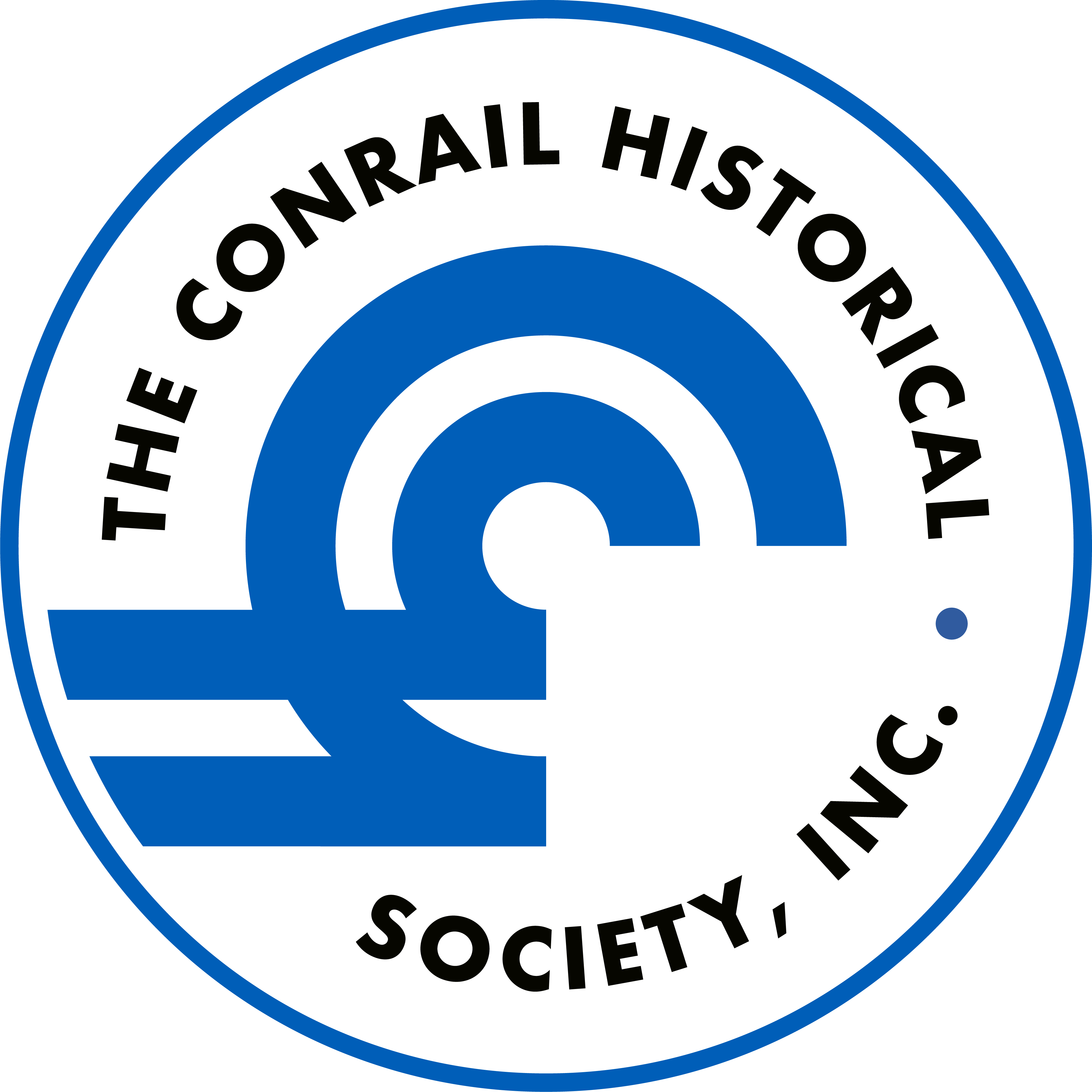For over a year CSX and NS was busy inventorying, categorizing and allocating Conrail's fleet of cars and locomotives. Teams from CSX and NS began meeting as soon as the transaction proposal was filed in June of 1997. The first phase was to identify the approximately 55,000 cars, categorize and enter them into a database according to several factors. Cars were entered into cells by one of more than 90 types, such as whether the car was owned, leased, for sale or a candidate for scrap. Once a car was assigned a cell, it was then assigned a random number. The numbers were then sorted by a computer program used to assign cars according to the 58:42 ratio of fair market value, reflecting the agreement between NS and CSX.
The equipment is actually allocated between the two wholly owned subsidiaries of NS and CSX, PRR and NYC respectively. In order to be able to track the cars' hire expense after split date, and to facilitate minimal disruption to customers, the parties agreed to re-stencil about 16,000 cars with reporting marks "NYC". These cars belong to CSX.
To allocate the approximately 1,900 Conrail locomotives, they were sorted into 27 model classes, and then sorted by whether they were owned or leased, and finally sorted again by the date of the last engine overhaul. Next, a coin was flipped and locomotives were allocated according to the pattern NYC-PRR-NYC-PRR-NYC-PRR-PRR, approximating the 58:42 split. Slight adjustments were made to ensure an equitable division. This allocating allowed for every class of locomotive to go to both acquiring railroads. E8A 4020, built for the PRR in 1951 by EMD went to NS while the other two went to CSX. NS also received 17 of the 5,000HP SD80MAC's, giving them an opportunity to finally evaluate AC power. Not included on the list were the SD70MAC's and SD70's that were being assembled by Juniata according to CSX and NS specifications.

